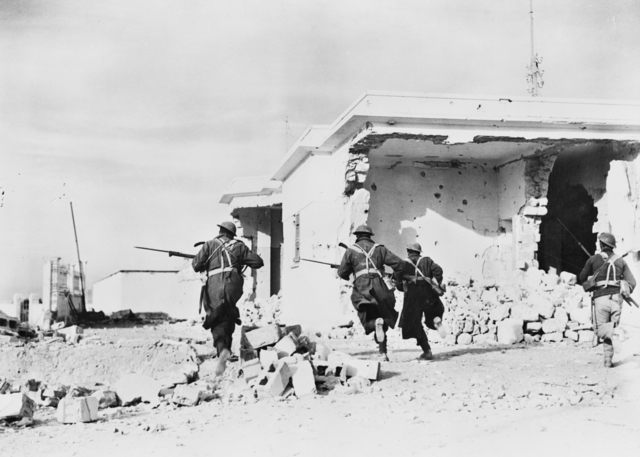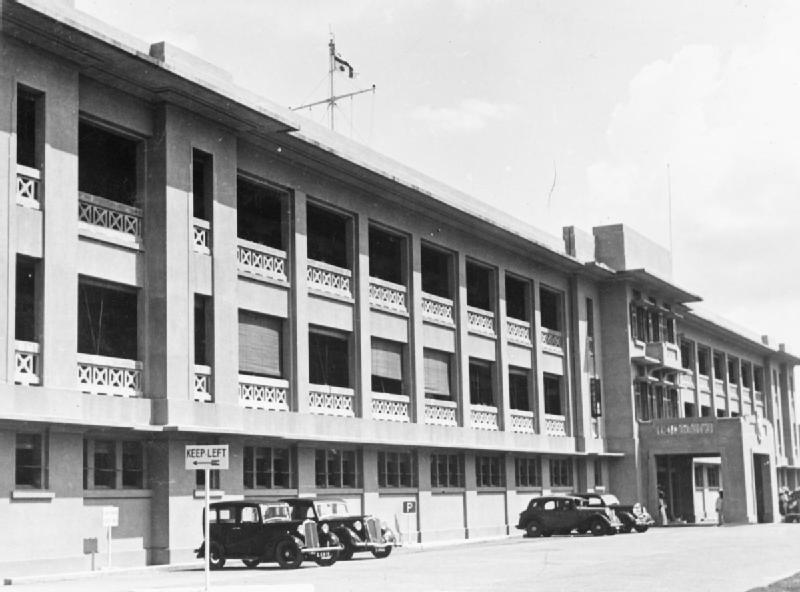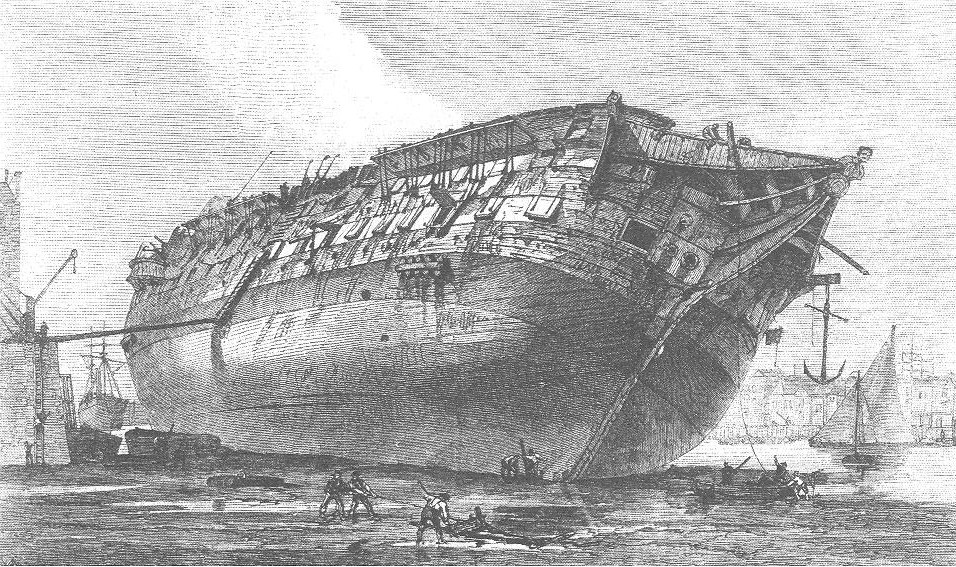|
HMS Gnat (T60)
HMS ''Gnat'' was a Royal Navy . She was built by Lobnitz and launched in 1915. ''Gnat'' saw service during the First World War as part of a flotilla operating on the Tigris and Euphrates rivers. After the war, the vessel was transferred to China, where in 1927, ''Gnat'' took part in the Nanking Incident. ''Gnat'' began the Second World War still in China, but was towed to the Mediterranean Sea in 1940. There, the gunboat took part in an assault on Tobruk before being torpedoed by a German submarine. ''Gnat'' did not sink, and was beached at Alexandria, Egypt where the vessel was used as an anti-aircraft platform. The vessel was declared a constructive total loss and scrapped in 1945. History During the First World War, ''Gnat'' took part in the Mesopotamian Campaign as part of the gunboat squadron operating on the Euphrates and Tigris rivers. In 1927 ''Gnat'' participated as part of a Royal Navy flotilla in the Nanking Incident, helping to protect British and other internat ... [...More Info...] [...Related Items...] OR: [Wikipedia] [Google] [Baidu] |
Lobnitz
Lobnitz & Company (established with William Simons & Co.) was a Scottish shipbuilding company located at Renfrew on the River Clyde, west of the Renfrew Ferry crossing and east of the confluence with the River Cart. The Lobnitz family lived at Chapeltoun House in East Ayrshire. The company built dredgers, floating docks, fishing boats, tugboats and workboats. History The company was descended from Coulburn Lobnitz & Company, established in 1874, and the adjacent shipyard of William Simons & Co, established in 1860. Coulborn Lobnitz had in turn evolved from the 1847 firm of James Henderson & Son, at Ship dock, Renfrew, which became Henderson, Coulborn & Co. In 1874, Lobnitz took over the business, which was renamed Lobnitz, Coulborn & Co. Both builders specialised in the construction of dredgers and hopper barges. The two companies amalgamated in 1957 as Simons-Lobnitz Ltd. Faced with declining business the Renfrew yard finally closed in 1964, after some 1300 dredgers a ... [...More Info...] [...Related Items...] OR: [Wikipedia] [Google] [Baidu] |
Tobruk
Tobruk ( ; ; ) is a port city on Libya's eastern Mediterranean coast, near the border with Egypt. It is the capital of the Butnan District (formerly Tobruk District) and has a population of 120,000 (2011 est.)."Tobruk" (history), ''Encyclopædia Britannica'', 2006, Britannica Concise Encyclopedia, ''Concise.Britannica.com'BC-Tobruk. Tobruk was the site of an ancient Greek colony and, later, of a Roman fortress guarding the frontier of Cyrenaica. Over the centuries, Tobruk also served as a waystation along the coastal caravan route. By 1911, Tobruk had become an Italian military post. During World War II, Allied forces, mainly the Australian 6th Division, took Tobruk on 22 January 1941. The Australian 9th Division (" The Rats of Tobruk") pulled back to Tobruk to avoid encirclement after actions at Er Regima and Mechili and reached Tobruk on 9 April 1941. There prolonged fighting followed, against a siege by German and Italian forces. Although the siege was lifted ... [...More Info...] [...Related Items...] OR: [Wikipedia] [Google] [Baidu] |
Garden Island, New South Wales
Garden Island is an inner-city locality of Sydney, Australia, and the location of a major Royal Australian Navy (RAN) base. It is located to the north-east of the Sydney central business district and juts out into Port Jackson, immediately to the north of the suburb of Potts Point. Used for government and naval purposes since the earliest days of the colony of Sydney, it was originally a completely-detached island but was joined to the Potts Point shoreline by major land reclamation work during World War II. Today, Garden Island forms a major part of the RAN's Fleet Base East. It includes active dockyards (including the Captain Cook Graving Dock), naval wharves and a naval heritage and museum precinct. Approximately half of the major fleet units of the RAN use the wharves as their home port. The northern tip of Garden Island is open to the public and formerly contained the Royal Australian Navy Heritage Centre museum, which was closed permanently in 2021, and an outdoor herita ... [...More Info...] [...Related Items...] OR: [Wikipedia] [Google] [Baidu] |
Anti-aircraft Warfare
Anti-aircraft warfare (AAW) is the counter to aerial warfare and includes "all measures designed to nullify or reduce the effectiveness of hostile air action".AAP-6 It encompasses surface-based, subsurface (Submarine#Armament, submarine-launched), and air-based weapon systems, in addition to associated sensor systems, command and control arrangements, and passive measures (e.g. barrage balloons). It may be used to protect naval, army, ground, and air forces in any location. However, for most countries, the main effort has tended to be homeland defense. Missile defense, Missile defense is an extension of air defence, as are initiatives to adapt air defence to the task of intercepting any projectile in flight. Most modern anti-aircraft (AA) weapons systems are optimized for short-, medium-, or long-range air defence, although some systems may incorporate multiple weapons (such as both autocannons and surface-to-air missiles). 'Layered air defence' usually refers to multiple 't ... [...More Info...] [...Related Items...] OR: [Wikipedia] [Google] [Baidu] |
6th Division (Australia)
The 6th Division was an infantry division of the Australian Army. It was raised briefly in 1917 during World War I, but was broken up to provide reinforcements before seeing action. It was not re-raised until the outbreak of World War II, when it was formed as a unit of the Second Australian Imperial Force (2nd AIF). Throughout 1940–41 it served in the North African Campaign, the Greek campaign, on Crete and in Syria, fighting against the Germans, Italians and Vichy French. In 1942, the division left the Middle East and returned to Australia to meet the threat of Japan's entry into the war. Part of the division garrisoned Ceylon for a short period of time, before the division was committed to the New Guinea campaign. In New Guinea, its component brigades had a major role in the successful counter-offensive along the Kokoda Track, at Buna–Gona and around Salamaua–Lae in 1942–43. Throughout late 1943–44, the division was re-organised in Australia before being committ ... [...More Info...] [...Related Items...] OR: [Wikipedia] [Google] [Baidu] |
Commander-in-Chief, China
The Commander-in-Chief, China, was the admiral in command of what was usually known as the China Station, at once both a British Royal Navy naval formation and its admiral in command. It was created in 1865 and deactivated in 1941. From 1831 to 1865, the East Indies Station and the China Station were a single command known as the East Indies and China Station. The China Station, established in 1865, had as its area of responsibility the coasts of China and its navigable rivers, the western part of the Pacific Ocean, and the waters around the Dutch East Indies. The navy often co-operated with British commercial interests in this area. The formation had bases at Singapore (Singapore Naval Base), HMS ''Tamar'' (1865–1941 and 1945–1997) in Hong Kong and Wei Hai (at Liugong Island) (1898–1940). The China Station complement usually consisted of several older light cruisers and destroyers, and the Chinese rivers were patrolled by a flotilla of suitable, shallow-draught gunboats, ... [...More Info...] [...Related Items...] OR: [Wikipedia] [Google] [Baidu] |
World War II
World War II or the Second World War (1 September 1939 – 2 September 1945) was a World war, global conflict between two coalitions: the Allies of World War II, Allies and the Axis powers. World War II by country, Nearly all of the world's countries participated, with many nations mobilising all resources in pursuit of total war. Tanks in World War II, Tanks and Air warfare of World War II, aircraft played major roles, enabling the strategic bombing of cities and delivery of the Atomic bombings of Hiroshima and Nagasaki, first and only nuclear weapons ever used in war. World War II is the List of wars by death toll, deadliest conflict in history, causing World War II casualties, the death of 70 to 85 million people, more than half of whom were civilians. Millions died in genocides, including the Holocaust, and by massacres, starvation, and disease. After the Allied victory, Allied-occupied Germany, Germany, Allied-occupied Austria, Austria, Occupation of Japan, Japan, a ... [...More Info...] [...Related Items...] OR: [Wikipedia] [Google] [Baidu] |
Judy (dog)
Judy (1936 – 17 February 1950) was a Military mascot, ship's dog aboard and stationed on the Yangtze before and during World War II. She proved able to hear incoming aircraft, providing the crew with an early warning. After part of the crew transferred from ''Gnat'' to ''Grasshopper'' in June 1939 the ship was sent to Singapore after the British declaration of war on Germany. There she was aboard the ship during the Battle of Singapore, in which ''Grasshopper'' evacuated for the Dutch East Indies. It was sunk en route and Judy was nearly killed, having been trapped by a falling row of lockers. She was rescued when a crewman returned to the stricken vessel looking for supplies. On the deserted island with the surviving crew, Judy managed to find a fresh water source, saving them all. They made their way to Singkep in the Dutch East Indies and afterwards to Sumatra aiming to link up with the evacuating British forces. After trekking across 200 miles of jungle for five weeks, du ... [...More Info...] [...Related Items...] OR: [Wikipedia] [Google] [Baidu] |
Pointer (dog Breed)
The Pointer, sometimes called the English Pointer, is a medium-sized breed of pointing dog developed in England. Pointers are used to find game for hunters, and are considered by gundog enthusiasts to be one of the finest breeds of its type; however, unlike most other hunting breeds, its purpose is to point, not retrieve game. The popular belief is that the Pointer descends from the Old Spanish Pointer that was brought to England from Spain with returning soldiers at the beginning of the 18th century. Once in England, they were crossed with local dog breeds to improve the breed's hunting abilities. Etymology The Pointer takes its name from the stance it adopts when it detects the scent of game, "pointing" at the hidden game as a visible signal to the hunter that it has found something and where it is; the breed is sometimes called the English Pointer to differentiate it from other pointing dog breeds. The term "bird dog" is usually used to describe all pointing dogs and ... [...More Info...] [...Related Items...] OR: [Wikipedia] [Google] [Baidu] |
Mesopotamian Campaign
The Mesopotamian campaign or Mesopotamian front () was a campaign in the Middle Eastern theatre of World War I fought between the British Empire, with troops from United Kingdom of Great Britain and Ireland, Britain, Australia and the vast majority from the British Raj, against the Central Powers, mostly the Ottoman Empire. It started after the British Fao Landing in 1914, which sought to protect Anglo-Persian Oil Company oil fields in Khuzestan province and the Shatt al-Arab waterway. The front later evolved into a larger campaign that sought to capture the city of Baghdad and divert Ottoman forces from other fronts. It ended with the Armistice of Mudros in 1918, leading to the cession of Iraq (then Mesopotamia) and further partition of the Ottoman Empire. The British advanced from Al-Faw to the city of Basra to secure British oil fields in nearby Qajar Iran, Iran. Following the landings, British forces won a string of victories along the Tigris and Euphrates rivers, including t ... [...More Info...] [...Related Items...] OR: [Wikipedia] [Google] [Baidu] |
World War I
World War I or the First World War (28 July 1914 – 11 November 1918), also known as the Great War, was a World war, global conflict between two coalitions: the Allies of World War I, Allies (or Entente) and the Central Powers. Fighting took place mainly in European theatre of World War I, Europe and the Middle Eastern theatre of World War I, Middle East, as well as in parts of African theatre of World War I, Africa and the Asian and Pacific theatre of World War I, Asia-Pacific, and in Europe was characterised by trench warfare; the widespread use of Artillery of World War I, artillery, machine guns, and Chemical weapons in World War I, chemical weapons (gas); and the introductions of Tanks in World War I, tanks and Aviation in World War I, aircraft. World War I was one of the List of wars by death toll, deadliest conflicts in history, resulting in an estimated World War I casualties, 10 million military dead and more than 20 million wounded, plus some 10 million civilian de ... [...More Info...] [...Related Items...] OR: [Wikipedia] [Google] [Baidu] |
Ship Breaking
Ship breaking (also known as ship recycling, ship demolition, ship scrapping, ship dismantling, or ship cracking) is a type of ship disposal involving the breaking up of ships either as a source of Interchangeable parts, parts, which can be sold for re-use, or for the extraction of raw materials, chiefly scrap. Modern ships have a lifespan of 25 to 30 years before corrosion, Fatigue (material), metal fatigue and a lack of parts render them uneconomical to operate. Ship-breaking allows the materials from the ship, especially steel, to be recycled and made into new products. This lowers the demand for mined iron ore and reduces energy use in the steelmaking process. Fixtures and other equipment on board the vessels can also be reused. While ship-breaking is sustainable, there are concerns about its use by poorer countries without stringent environmental legislation. It is also labour-intensive, and considered one of the world's most dangerous industries. In 2012, roughly 1,250 oce ... [...More Info...] [...Related Items...] OR: [Wikipedia] [Google] [Baidu] |








